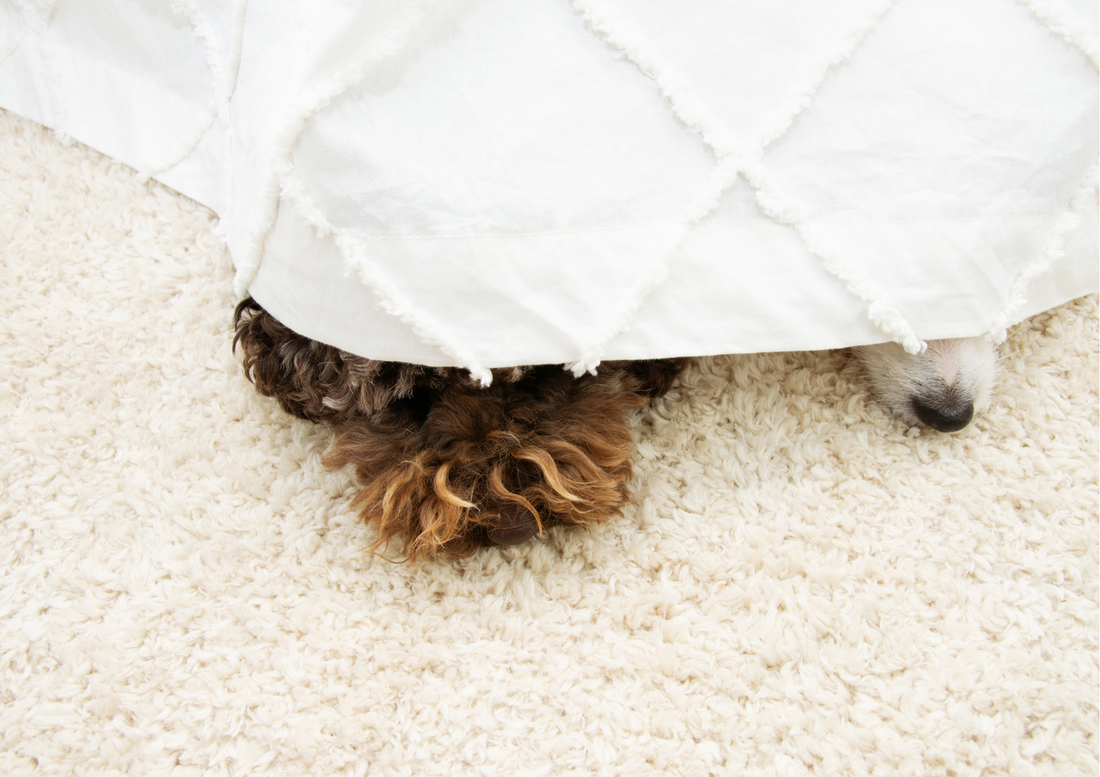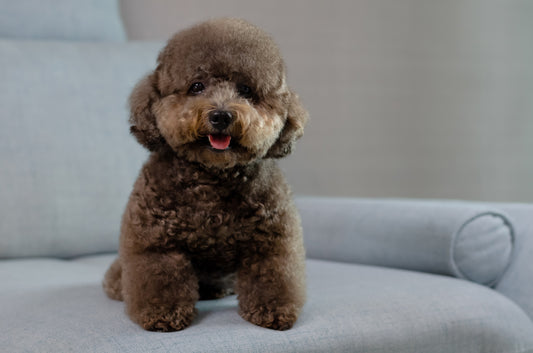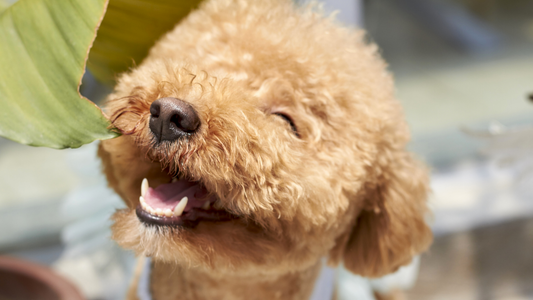Can you imagine a world without dogs? We know we sure can’t. A world without dogs wouldbe unfathomable; it would be a lonely, gloomy world indeed. In Singapore alone, a sizable number of the population are dog owners. In fact, more than 62,000 locals are proud pet owners of a pupper or two!
Compared to cats, dogs tend to be more active and expressive in the way they show their affections. Cats, on the other hand, don’t require as much attention. Most of the time, they are perfectly content with a pet here or a scritch there, and then they’d leave you alone for the better part of the day to go about their kitty adventures.
Dogs, in contrast, are social creatures that need special care and extra attention from us humans. They are playful and love interacting with both people and other doggos alike. Dogs also express their affection in a multitude of ways like getting extremely excited when you get home from work, bringing you its favourite toy and leaning against you in companionable silence. They’re called “man’s best friend” for these very reasons; for millennia, men and dogs have been forging a relationship that is based on loyalty, friendship and companionship.
With such close relationships between man and dog, it’s no wonder that some dogs actuallydevelop anxiety — separation anxiety in particular.
What causes separation anxiety in dogs?
A sudden change in the environment (i.e. moving house) or routine, being left alone for thevery first time, a change of ownership and even a loss of a family member can cause dogs toget very stressed, which could escalate into anxiety.
As with anxiety in humans, it sometimes rears its ugly head out of nowhere, often with nodirect trigger at all! But if you were to observe your pet’s behaviour closely, there are signs and symptoms that you could look out for.
Symptoms of anxiety in dogs
Symptoms may vary from one dog to the next depending on a dog’s personality as well as the severity of its anxiety. But if you’re starting to notice your dog exhibiting destructive behaviour like chewing on anything that they could get their paws on — from slippers to furniture to other objects found in the house — then it is likely that your pet is experiencing anxiety. Destructive behaviours are usually their way of acting out or expressing their frustration and loneliness. Dogs can also howl, bark or whine to excess and drool way more than usual. In fact, chewing on certain objects that have their owner’s scent on them (i.e. socks, shoes, the sofa, and even the door) is another one of the many symptoms of separation anxiety in dogs. Other symptoms to watch out for would include uncontrolled pooping/peeing (even though they have already been housebroken), and acting out in numerous ways to get their owner’s attention. More subtle signs can include unusual reactions to people or situations and a loss of interest in food.
Treating anxiety in dogs
The above symptoms may be signs of other illnesses too so it is best to speak to your vet to rule out any medical problems. Your vet could also help you identify the type of anxiety that your furry companion has and the possible triggers.
Some common ways of treating (which your vet is likely to recommend to you as well) anxiety would include:
- Giving your dog a nice treat each time you leave the house so that they form a new positive association with it
- Providing your pet with safe, over-the-counter calming supplements
- Introducing your dog to the source of anxiety in small but increasing doses over time so that repeated exposures can help to manage anxiety. For example, if your pet’s root cause for anxiety is you leaving the house each time, you may consider to start byputting on your shoes as if you were about to leave, but go about your day normally. Do this multiple times each day and once your dog appears to be less anxious about that, amp it up a notch by walking out to the next room and shut the door after putting on your shoes. Stay in there for a few seconds and slowly increase the amount of time that you’re “away” each time. As you slowly and gradually let your dog become used to your absence, it is likely that he’ll eventually get used to it.




